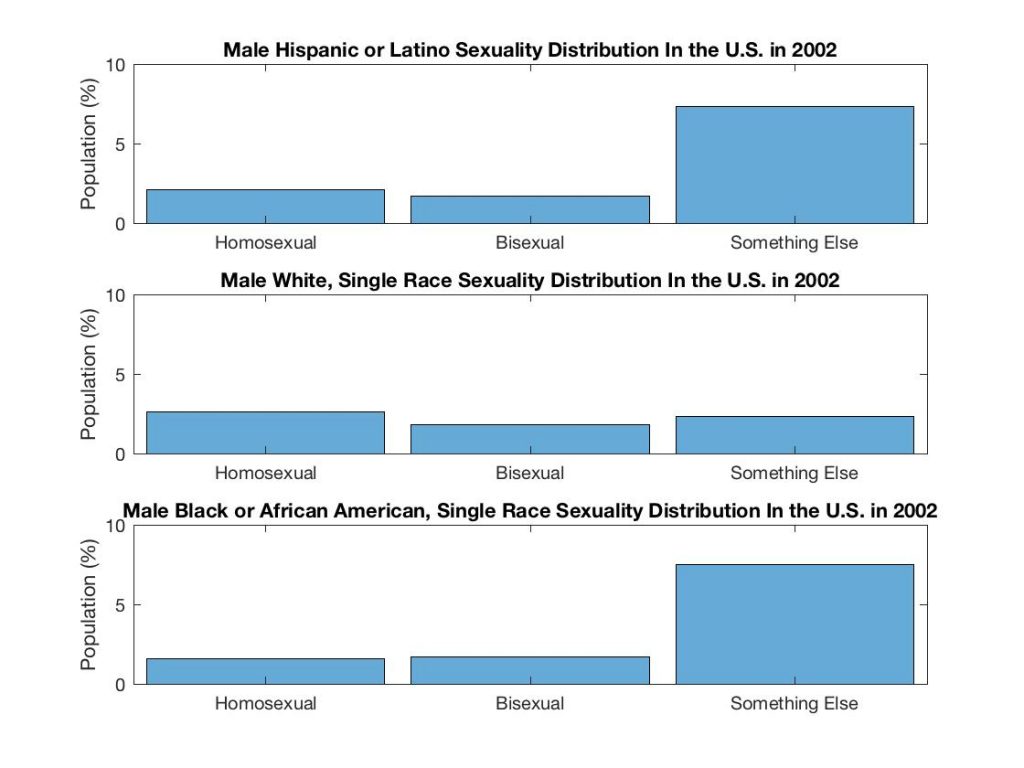Transgender actors have not been around in film and television for long. Only recently, in the 21st century have transgender actors taken center stage.
- In 2001 Jessica Crockett, the first actress to openly announce her transgender identity starred in the television series Dark Angel
- In 2004 the Vagina Monologues was performed by an entirely transgender cast.
- In 2005, Alexandra Billings played in the television movie Romy and Michelle: A New Beginning, following Jessica Crockett as the second actress to allow herself to be openly identified as Transgender.

Slideshow from the 2004 Vagina Monologues in LA. One would think that there would be a greater Latinx Presence in this performance.
Population
The transgender historical narrative is small in comparison to that of other groups in general. General records, Wikipedia, for example, have only sparse information on the history of transgenders preceding the 1950s. Part of this may be because medical advancements have allowed people to change their physical bodies as they see fit to agree with their gender identity. A metric that has been found through research is that non-white groups have had a high percentage of their population identify as “Something Else” as opposed to hetero/homo/bi-sexual. This seems to have changed as we have moved further into the twenty-first century, but in some major cities Latin/x individuals make up a greater percentage of the transgender population.


We can only wonder what those individuals who identified as “Something Else” in this 2002 study would identify as today. When this study was administered in 2002 there was not much consideration for sexual identities outside that of the classical hetero/homo/bi-sexual identities. These numbers raise the question of why there weren’t more Latina Transgender women catching fame in Los Angeles at the start of the twenty-first century. The data above suggests that there may have been enough Latin/x transgenders to have at least one star in the 2004 performance of the Vagina Monologues, but when we look at the album shown above we see an overwhelmingly white presence.

Looking at the present day’s statistics there are only three places where there is a higher quantity of transgender minorities than there are transgender whites: District of Columbia, Hawaii, and California. With these numbers in mind, the question raised earlier becomes more refined with respect to the present day. Why are transgender Latin/x individuals still stifled in the media?
Read More:
One of the first cities that comes to mind when California is brought up in Los Angeles. Hollywood is the center of much of the media that circulates in the United States. If most of it comes out of California and most of the transgender individuals in California are Latin/x one would expect there be a stronger representation of that group in the media, especially if the subject of the media concerns transgender identity.

